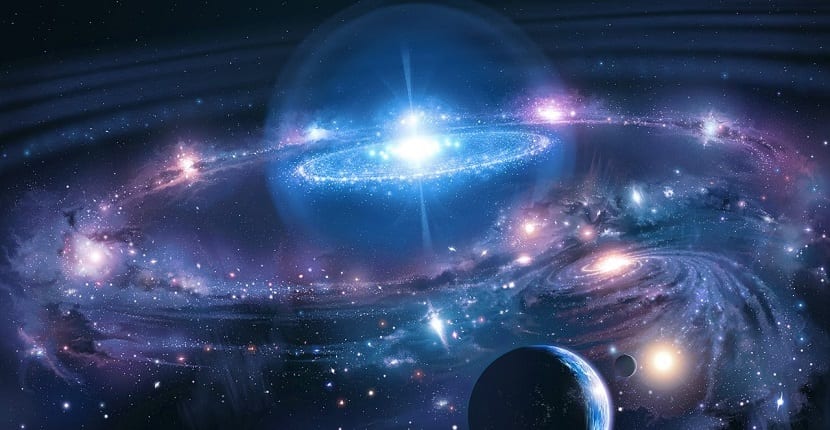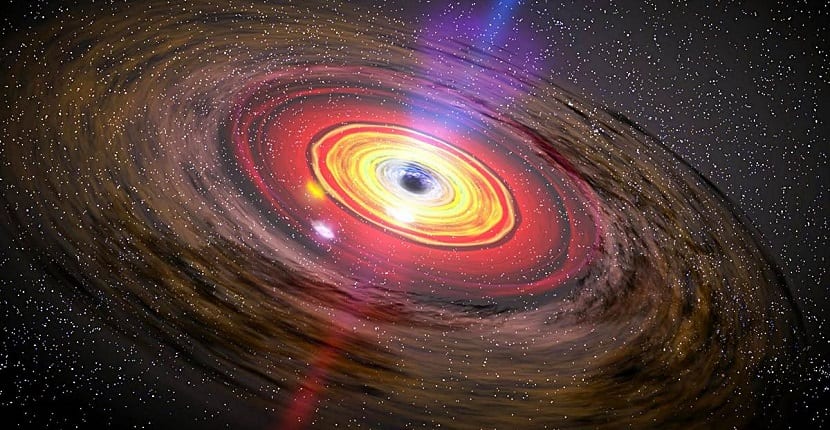
One of the great mysteries that have not yet been solved in the universe is not precisely thousands and millions from Earth since we still do not know something so simple, or not, such as the origin of the moon. After many resources invested in research and development, there have been several theories that have seen the light, curiously and as you surely know, none of them have ever been proven.
At this point, tell you that surely, on some occasion, you may have heard or read that the Moon originated as a result of the collision of a huge object, about the size of Mars, against earth, since it is one of the most widespread theories. This object, baptized as Thea, caused tons of rock and dust to be launched into space and ended up forming the Moon as we know it. As a detail, tell you that on this theory in 2014 a study was published that provided evidence on how Theia particles had been found in the chemical composition of the Moon, but these have not been considered conclusive at any time.
An example of another hypothesis very different from the previous one tells us how the Moon simply formed as another object at the time of the creation of the planets of the Solar System. It simply rotates around the Earth because, at the time, it was located very close to our planet and, due to its gravity, finally the Moon ended up orbiting around it.

There are several hypotheses that tell us how the Moon was formed due to the impact of a large object. This is not the only theory about it
Far from all this, today we meet to talk about the theory that the astronomer has just proposed Sarah stewart together with his team of researchers from the University of California. In this last attempt to explain the origin of the Moon, a concept that we did not know until now is introduced and that has been baptized with the name of synestia, a mixture of the words Syn (together) and Hestia (Greek goddess of architecture).
Once we know this new concept, the team of researchers tells us that Synestia is what happens when two planets of the same size collide with great violence. Due to this collision, a huge amount of material is thrown into space, basically vaporized and molten rock, which begins to rotate at high speed creating a shape similar to that of a donut. Once this cloud begins to cool, it causes the materials in it to coalesce to form a new planet. For this to happen, a period between 100 and 200 years must pass.

The simulations on this new theory published by Sarah Stewart are very consistent
Apparently and as discussed in the paper where the University of California team publishes its results, it is said that the specific case in the creation of the Moon was somewhat different since, after the collision that formed the Synestia that formed the Earth, next to it a second object began to form. This second object was agglutinating material until, when the moment came, it emerged from the cloud and began to orbit the largest object, which, in this case, would be the Earth.
At the moment, all this is only a theory, although, based on the simulations that Sarah Stewart and her team have jointly presented, it seems that the results are very consistent. In turn, this theory explains one of the great doubts that all scientists have, something as simple as the why the Moon shares part of its chemical composition with the Earth, but not all.
To explain the latter, the team directly argues that, in a first phase, as both the Earth and the Moon were formed within the same Synestia, both added the heaviest materials first to its composition so that other materials easier to vaporize, such as potassium, sodium and even zinc, did not have time to add themselves in that primitive Moon so that they fell entirely on Earth.